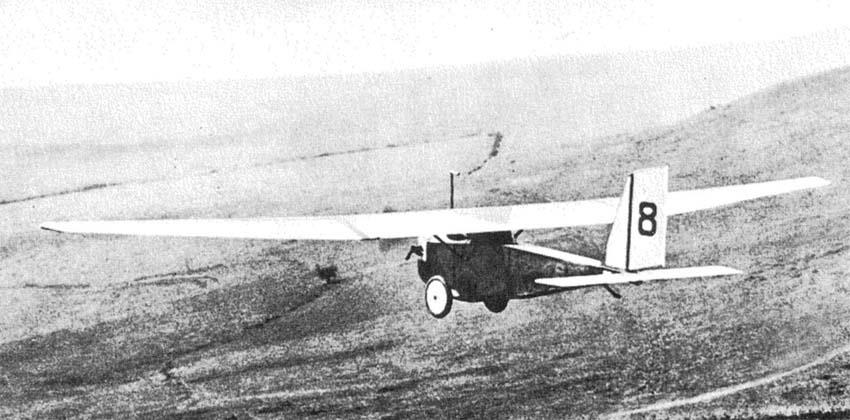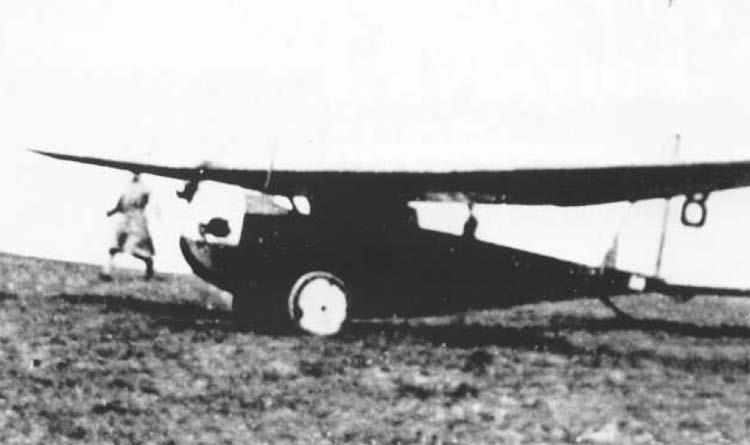| Type |
Single seat motor glider A "Bubi" |
2-seat motor glider B "Betty" |
| Engine |
1 Douglas |
|
| Dimensions |
Length 5 m , height 0.95 m , span 14,40 m , wing area 14,0 m2 m2 |
| Weights |
Empty 105 kg, loaded , max. take off weight 180 kg |
| Performance |
Max.. speed 115 km/h, cruising speed 95 km/h |
| Type |
Werk.Nr |
Registration |
History |
|
|
|
|
|
|
|
|
The fifth Rhön gliding competition, held in late August 1924, included for the first time a tender for motor gliders and light aircraft. Willy Messerschmitt, who had founded in late 1923 the Flugzeugbau Messerschmitt at Bamberg, Germany, took part in this competition with two new aircraft. Already in June 1924, Messerschmitt had his first motor glider prototype demonstrated by pilot Seywald, the S-15, powered by a 30.5 cu.in (500 cu.cm) 3.5 hp Douglas H.O. Twin motorcycle engine, achieving flights up to 45 min and and an altitude of 1,969 ft (600 m).
For the competition Willy Messerschmitt introduced the single-seat S-16a Bubi and the two-seat S-16b Betti (named after respectively a brother and a sister). Both planes cleared well through the technical performance test and received a preliminary approval to compete. The competition pilot Captain Seywald was without luck, the S 16a had a broken propeller and suffered a total loss, the S 16b had to make an emergency landing due to broken transmission chain and was withdrawn.



